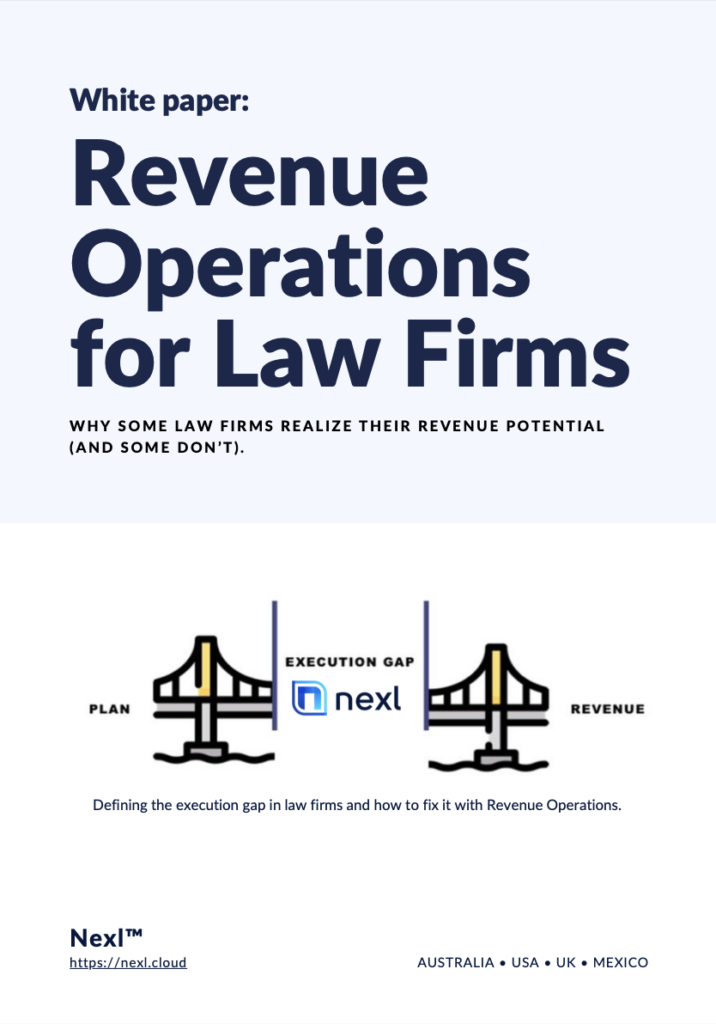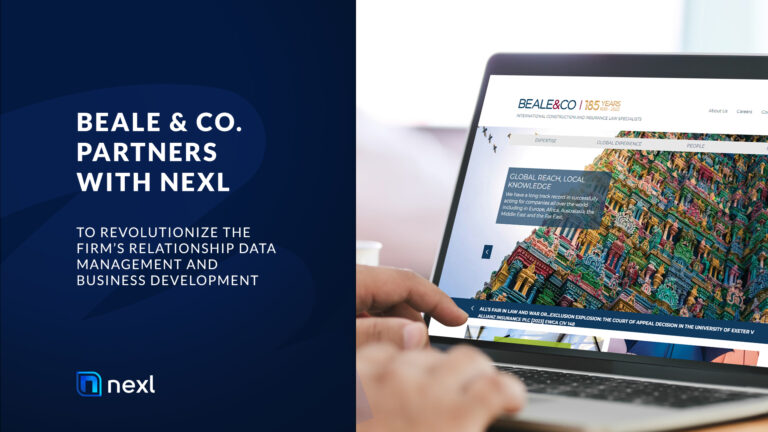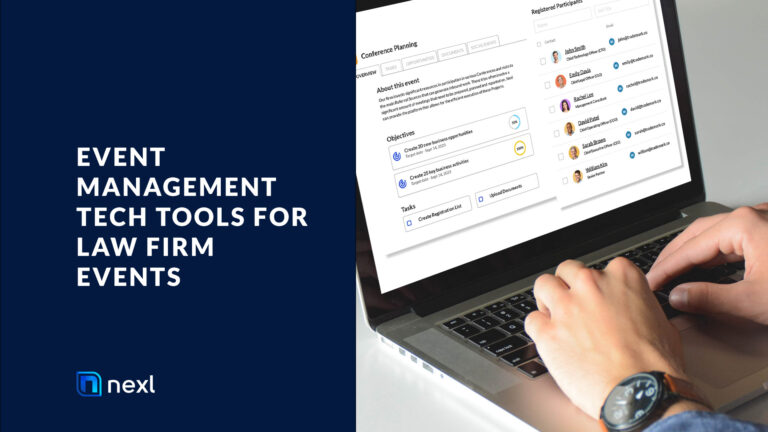ARTICLE BY: DAVE SOUTHERN
The growth rates of technology companies are scalding – with a CAGR of 12% over the past 10 years. Part of this is no doubt owing to Moore’s Law, which observes that the number of transistors on integrated circuits doubles approximately every two years. That kind of dynamism can’t help but have an impact on sector growth. But there’s another equally important factor contributing to the impressive results – technology companies’ embrace of Revenue Operations as an organizing principle and over-arching process for carrying out sales/business development activities.
Tech Companies Employ Revenue Operations to Drive Growth
Revenue Operations has been defined as a management model or system that generates greater returns from commercial selling teams, assets, processes, systems and operations by better aligning all of these elements around a coherent set of customer and enterprise goals to accelerate revenue, profit and value growth. It’s the means by which tech companies have successfully integrated all departments of their operations to address and fulfill client needs and expectations. They have accomplished this by aligning people, processes and technology in a fully transparent and consistent way, utilizing unified measurements of their activities and results to support a fully integrated client journey:
- People: Aligning fully multidisciplinary teams around a single view of clients’ needs and revenue targets
- Process: Increasing operational rigor around integrated interactions with clients and cadences thereof
- Technology: Connecting business and activity data across all teams in a way that creates a single source of truth and rapid access to the data that facilitates rapid response to client engagement opportunities
How Can Law Firms Apply Revenue Operations Concepts?
Committing to getting client feedback – Many firms have taken the important first step of organizing cross-practice teams of lawyers to regularly discuss and plan strategies for strengthening relationships with key client accounts. But establishing client teams is only a first step. Unless there is a process for receiving regular feedback from these clients on both satisfaction with the firm’s service and areas of additional need for help, the client teams are operating largely in the dark.
There should be regular intervals scheduled for meeting with key client personnel in order to ensure that the full team is aware of both service delivery issues and areas of need identified by the client for additional service. This is accomplished through both client satisfaction reviews and regular planning meetings with clients. Clients expect this. Clients want this. (Remember that your very best client relationships are ones where clients view your firm as an extension of their own team.) Your relationships will be stronger – and your client teams will provide better service – if they are set up to get and share regular insights directly from your clients.
Gaining and sharing insights from an integrated industry-focused approach – Clients in common industry sectors tend to face common business risks and other issues. It is important to develop the means by which lawyers serving your most important industries gain and share insights, in real-time, into the evolving issues of greatest importance to your clients in those sectors. There are many sources of such insights – chief among these being your clients themselves, followed by your lawyers. Regular roundtable discussions among industry players (your clients) are invaluable sources of information to help guide your revenue operations. And, they are also important relationship-building interactions which place your teams at the focal point of your clients’ important industry sectors.
Gathering and rapidly sharing data on client interactions with team members – Most firms have tasked their BD/marketing teams with generating and publishing content which is often timely – and sometimes less timely, but more geared toward providing greater guidance to clients on emerging issues. These initiatives are clearly important for increasing the firm’s brand awareness. But, the greatest value from firm content comes from the ability for it to be used by lawyers in discussions with clients and prospective clients… effectively covering “the last mile” in the revenue journey.
Firms need to utilize the technology that exists today which can better:
-
- Target individual pieces of content to the most relevant individuals, considering a full range of dimensions, including industries, geography, titles, roles, levels of experience, educational backgrounds, etc. We no longer need to be satisfied with the knowledge that a large percentage of email campaigns are, indeed, considered to be spam to a large percentage of recipients. (After all, I have yet to meet the client who would define her/himself as “a purchaser of antitrust advice and counsel.”)
- Deliver content to individuals from specific lawyers with whom the recipients already have relationships. “One-to-one” communications which can be positioned as relevant notes from someone who is thinking about a client’s business will always be superior to a mass communication delivered from lawfirm@lawfirm.com – even if the content is identical.
- Identify recipients’ interactions with content in order to alert those with relationships so that they can follow up appropriately in a timely way. The legendary marketing leader and Chair of DDB Advertising Keith Reinhardt often reminded us that messages need to be delivered to the right target clients at the right time – much in the way that a camera aperture opens at just the right moment to capture the right image. We, too, should seek to discuss issues with our clients at the right time. And, there’s no better time for this than the moments shortly after our clients have engaged with our content on these same issues.
The technology available to law firms today is, quite simply, better than what most of us are using. There are a number of Revenue Operations platforms available – including one which has been built specifically with the revenue growth challenges of law firms in mind, Nexl.
Identifying the right measures of progress – All functions within law firms measure the results of their efforts (or at least they should be doing so). And, while such measures as number of attendees at an event, number of click-throughs on a podcast or proposal win rates are good indicators of the accomplishments of specific functional teams, these measures do little to shed light on progress being made to grow relationships, and revenues, with clients.
To adequately measure such progress, we need to both integrate the relevant measures that exist and also develop new measures which better reflect the benchmarks of progress we need to see to feel confident we are effectively building our client relationships. Such measures as client satisfaction at all levels of clients’ organizations, strength of these relationships, issues development pipeline and share of legal spend are important to be able to more accurately gauge progress in client relationship and revenue development.
Creating accountability for bringing it all together – Revenue Operations titles across all industries are proliferating – with LinkedIn references to VP, Revenue Operations up over 300% in the past 18 months. This is a demonstration of the importance many enterprises are placing on the need to align their people, processes and technology more closely to better focus on client needs and expectations across all functions. For law firms, the challenge is to assign responsibility to someone who can align the lawyers, BD/marketing and other business professionals to function together in order to meet our clients’ needs and expectations. This role has to keep all teams within the firm focused on understanding clients better than anyone else and then communicating with, and serving, clients with a focus on meeting and exceeding these needs and expectations.
It is an exciting time to be practicing law as the ever-increasing complexities in business will mean continued growth in demand for legal services for the foreseeable future. And, while we seem to encounter new competitors for this work every day, the growth opportunities for those law firms who get Revenue Operations – and, ultimately, Client Service – right will continue to be quite substantial.
Dave Southern has led business development and marketing teams for AmLaw 100 and 200 law firms including Choate, BakerHostetler and BakerMcKenzie, as well as for global marketing agency DDB and the Big 4 firm EY, for more than 20 years. He can be reached at d.southern@comcast.net or at linkedin.com/in/davesouthern.

“There are a number of Revenue Operations platforms available – including one which has been built specifically with the revenue growth challenges of law firms in mind, Nexl.“ – Dave Southern
Download your Revenue Operations for Law Firms Whitepaper Copy Today!







